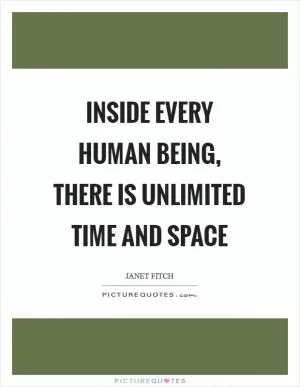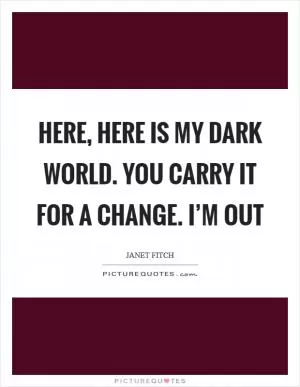What happened to a dream without a dreamer?

What happened to a dream without a dreamer?
In the world of Janet Fitch, a dream without a dreamer is a haunting and tragic concept that speaks to the loss of hope, ambition, and purpose. Fitch is known for her poignant and evocative storytelling, often delving into the depths of human emotion and the complexities of the human experience. In her novels, such as "White Oleander" and "Paint It Black," Fitch explores the impact of loss, trauma, and disillusionment on her characters, painting a vivid and raw portrait of the human condition.When considering the idea of a dream without a dreamer in the context of Fitch's work, one can't help but think of the characters who have lost their way, who have had their dreams shattered or abandoned. These characters are adrift in a sea of uncertainty, grappling with the emptiness and despair that comes from losing sight of their aspirations and desires. Without a dreamer to guide them, they are left wandering aimlessly, searching for meaning and purpose in a world that seems devoid of hope.
In Fitch's novels, the absence of a dreamer is often a metaphor for the loss of innocence, the death of a dream, or the destruction of a once bright and promising future. It represents the harsh realities of life, the harshness of the world, and the harshness of the world. It is a reminder that dreams are fragile and fleeting, and that without someone to nurture and protect them, they can easily wither and die.
But even in the face of such despair, Fitch's characters often find a glimmer of hope, a spark of resilience that allows them to persevere in the face of adversity. They may be battered and bruised, but they are not defeated. They may have lost their way, but they are not lost forever. In the darkness of their despair, they find a flicker of light, a beacon of hope that guides them towards a new dream, a new purpose, a new beginning.












 Friendship Quotes
Friendship Quotes Love Quotes
Love Quotes Life Quotes
Life Quotes Funny Quotes
Funny Quotes Motivational Quotes
Motivational Quotes Inspirational Quotes
Inspirational Quotes